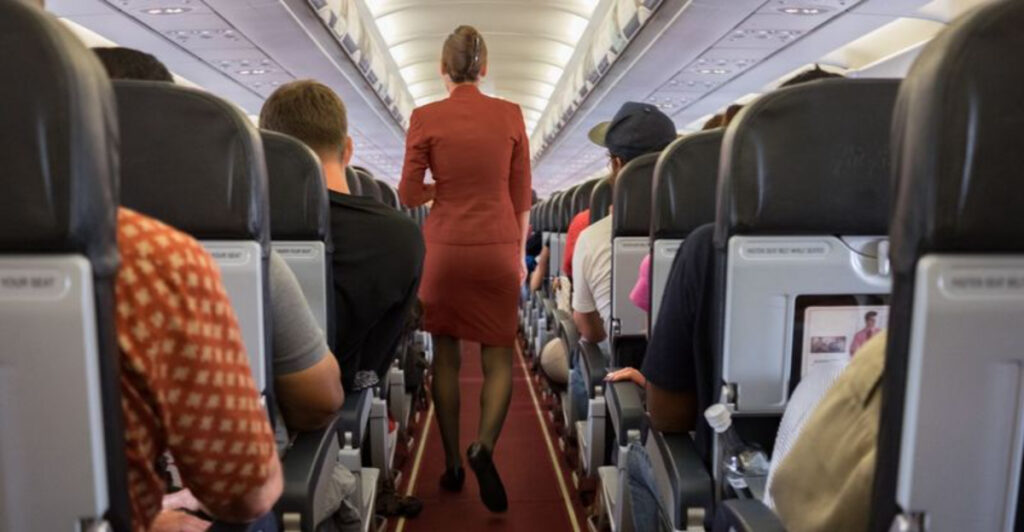Flying can be stressful enough without getting stuck in a terrible seat that makes your journey miserable. Some airplane seats are notorious for being uncomfortable, noisy, or just plain annoying to sit in for hours. Knowing which seats to avoid can make the difference between arriving refreshed or feeling like you survived a nightmare. Smart travelers always do their homework before selecting seats to ensure a more pleasant flight experience.
1. The Seat Right Next to the Bathroom
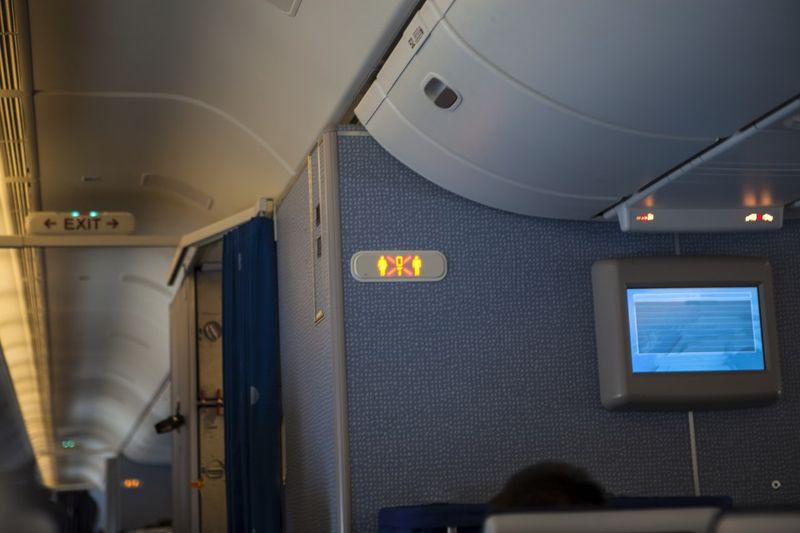
Nobody wants to spend their flight listening to constant flushing sounds and dealing with bathroom odors wafting nearby. Seats adjacent to lavatories become high-traffic zones where passengers form lines during busy periods.
Flight attendants also use these areas for storage and conversations, creating additional noise throughout your journey. The smell factor alone makes these seats incredibly undesirable, especially on longer flights.
Always check your airline’s seat map during booking to identify lavatory locations. Choose seats at least three rows away from bathrooms for a more peaceful experience.
2. The Last Row
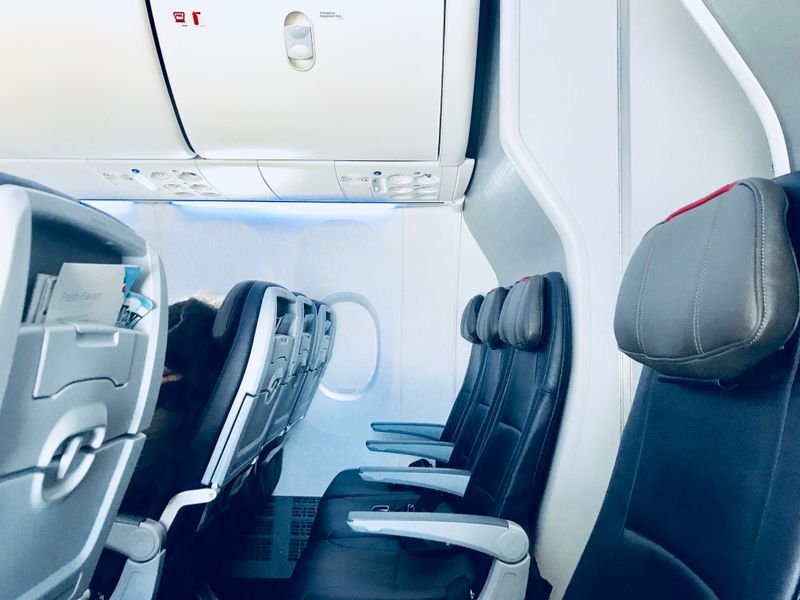
Picture this: you’re trapped in a seat that won’t recline while everyone around you leans back comfortably. Last row seats typically don’t recline due to the wall behind them, leaving you sitting bolt upright for hours.
You’ll also be closest to galley noise, flight attendant chatter, and food preparation sounds. These seats are usually the last to deplane, adding extra waiting time to your journey.
Book early to avoid getting stuck in the back row. If you must sit there, bring extra neck support and prepare for a less comfortable ride.
3. The Middle Seat Anywhere
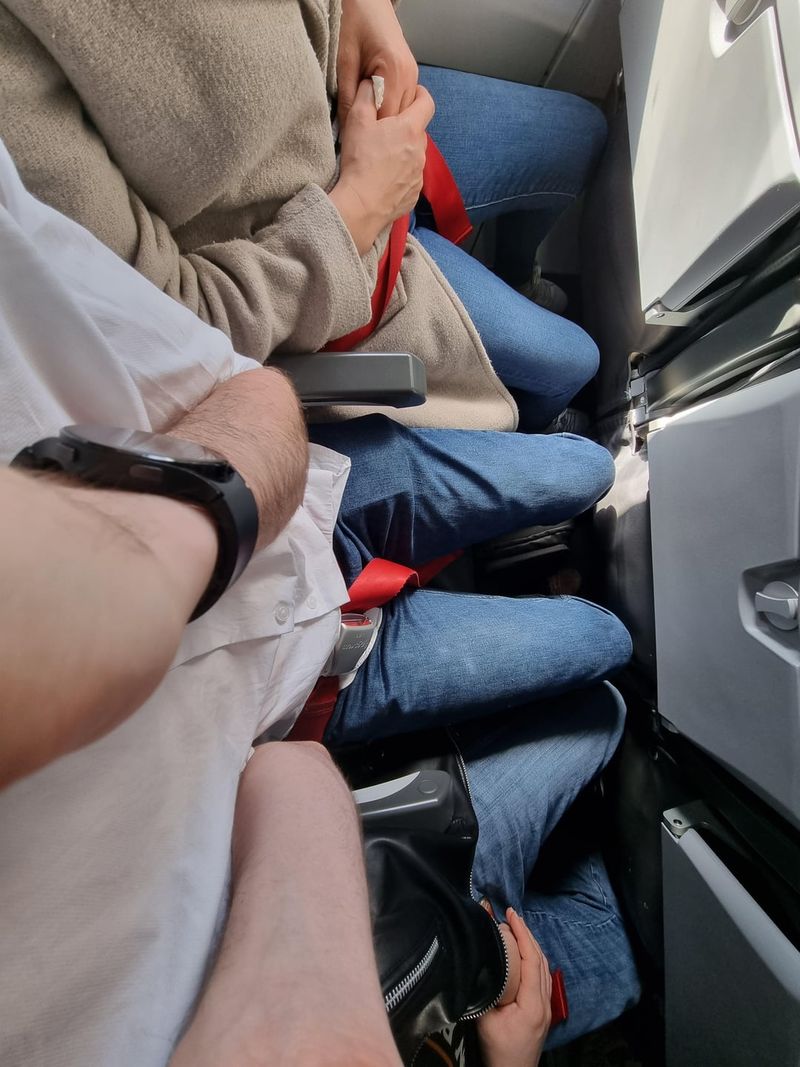
Sandwiched between two strangers with zero personal space, middle seats represent every traveler’s worst nightmare. You’ll battle for armrest territory while having no window view or easy aisle access.
Getting up requires asking both neighbors to move, making bathroom trips awkward social encounters. Your elbows will constantly bump into fellow passengers, creating uncomfortable situations throughout the flight.
Pay extra fees for window or aisle seats whenever possible. If stuck in the middle, arrive early to claim at least one armrest and pack light for easier movement.
4. Seats Over the Wing
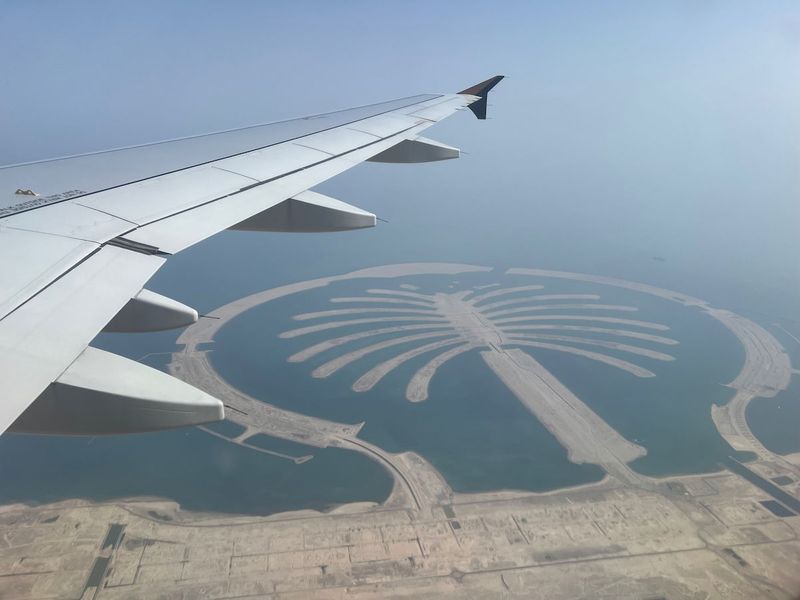
While these seats offer the smoothest ride during turbulence, they completely block your view of the ground below. The massive wing structure eliminates any chance of enjoying scenic landscapes or city views during takeoff and landing.
Photography enthusiasts will find these seats particularly frustrating since the wing dominates every potential shot. You’ll miss out on one of flying’s greatest pleasures: watching the world pass beneath you.
Request seats forward or behind the wing section when booking. Check your aircraft type online to identify exactly where wings are positioned before selecting seats.
5. Seats Near the Bulkhead
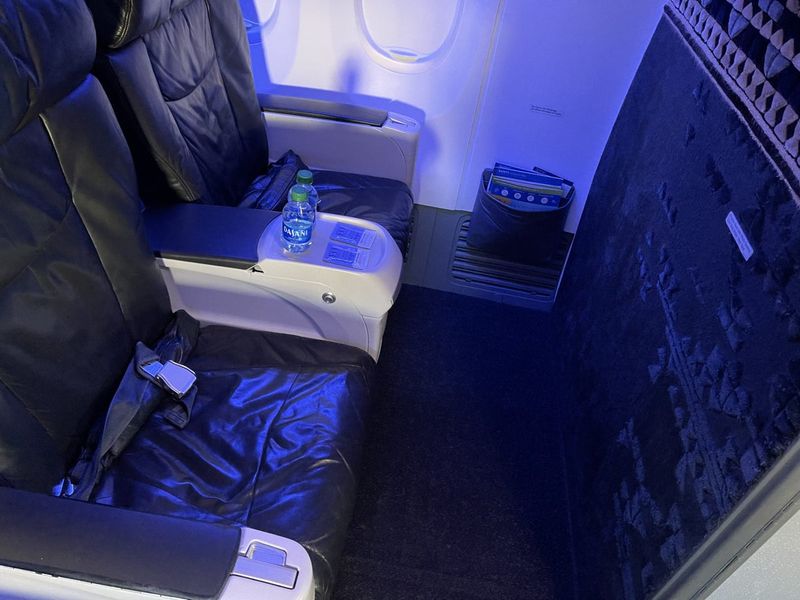
Bulkhead seats might seem appealing with their extra legroom, but they come with hidden drawbacks that many travelers discover too late. You can’t store personal items under the seat in front since there isn’t one.
Armrests often don’t lift up, and tray tables fold out from armrests, making seats narrower than regular ones. Parents with crying babies frequently choose these seats, turning your quiet zone into a nursery.
Research bulkhead restrictions before booking and consider whether the trade-offs are worth it. Pack essentials in seat pockets since under-seat storage won’t be available during takeoff and landing.
6. Seats by the Galley
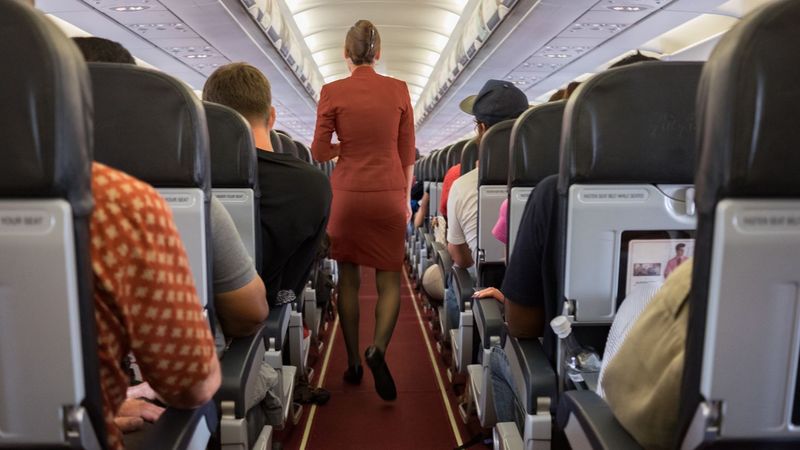
Imagine trying to sleep while flight attendants prepare meals, chat about their weekend plans, and roll carts back and forth just feet away. Galley areas never truly quiet down during flights, especially on long-haul journeys.
Bright lights from food prep areas can disrupt your rest, and the constant activity makes relaxation nearly impossible. You’ll hear every conversation, cart movement, and equipment operation throughout your flight.
Choose seats several rows away from galley areas for better rest opportunities. Bring noise-canceling headphones and eye masks if you’re stuck near service areas to minimize disruptions.
7. Window Seats on Red-Eye Flights
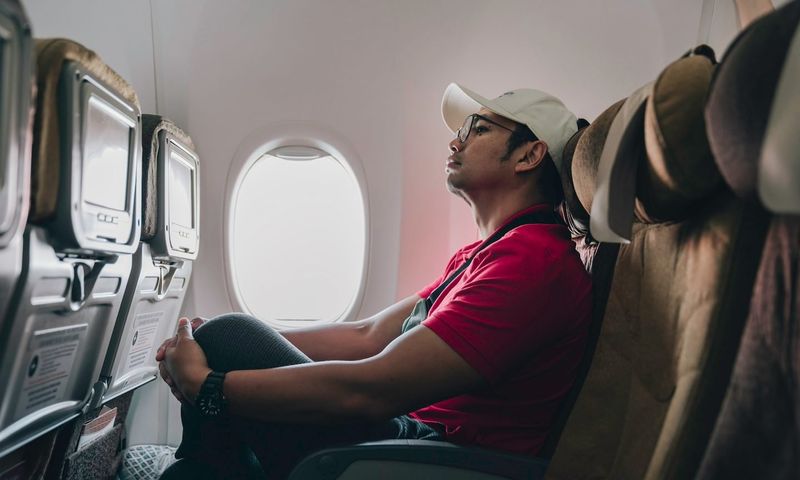
Window seats seem perfect until nature calls during an overnight flight and you’re trapped against the wall. Climbing over sleeping passengers multiple times creates awkward situations and potential conflicts.
You’ll either wake up irritated seatmates or spend hours uncomfortable because you don’t want to disturb anyone. The window barrier becomes a prison when you need frequent bathroom access during long flights.
Choose aisle seats for red-eye flights if you anticipate needing bathroom breaks. If you must take a window seat, limit fluid intake before boarding and prepare for potential discomfort.
8. Seats Behind Exit Rows
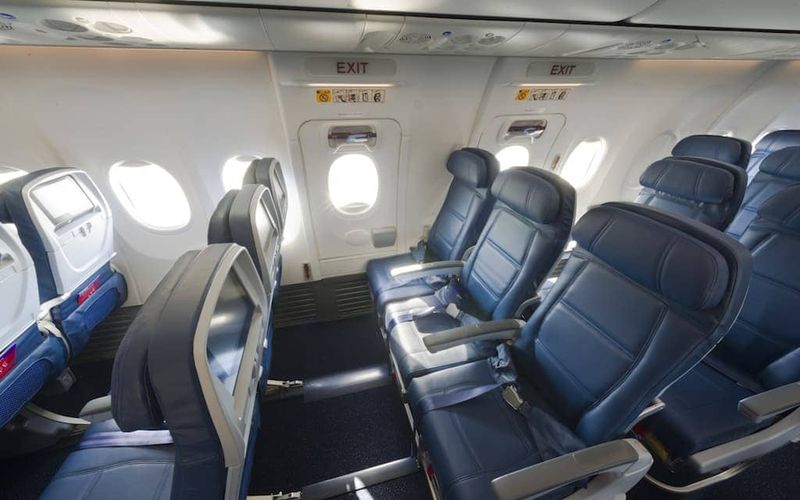
Exit row seats get all the attention for extra legroom, but the seats directly behind them often can’t recline properly. Safety regulations prevent these seats from reclining fully to maintain clear exit access during emergencies.
You’ll sit upright for hours while passengers in front of you enjoy normal reclining positions. The irony is paying full price for a seat with fewer features than standard economy seats.
Check seat maps carefully to identify which seats have limited recline capabilities. Look for seats several rows behind exit rows to avoid reclining restrictions while still getting reasonable comfort.
9. Seats Right Behind First Class
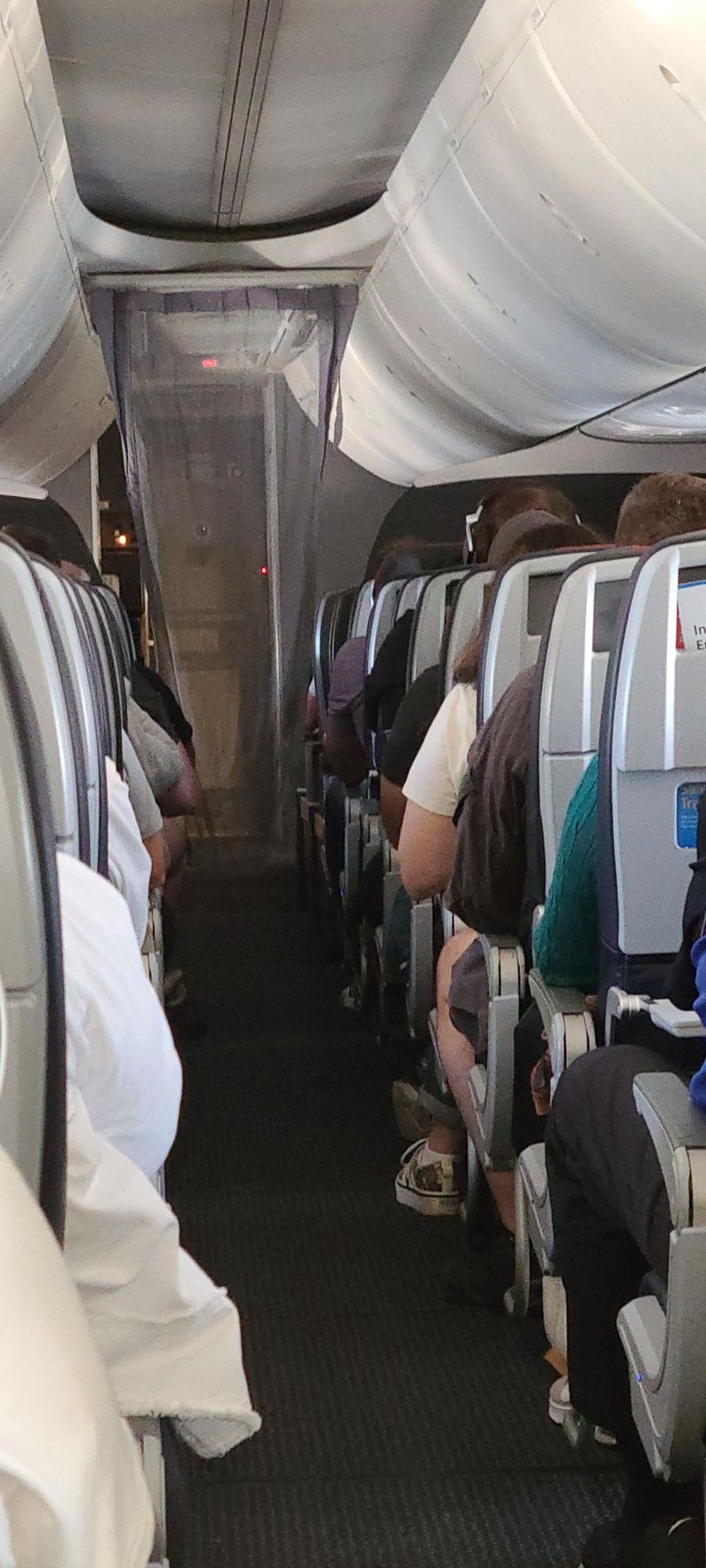
Sitting directly behind first-class feels like torture as you watch privileged passengers enjoy superior service while you’re separated by a mere curtain. You’ll hear their conversations about premium meals while eating your basic snack.
The curtain constantly moves, creating visual distractions and noise as flight attendants pass between cabins. You get a front-row view of everything you’re missing without any of the benefits.
Choose seats further back in economy to avoid constant reminders of first-class luxury. The psychological comfort of not seeing premium service can make your economy experience more enjoyable overall.
10. Any Seat by the Wing Engines
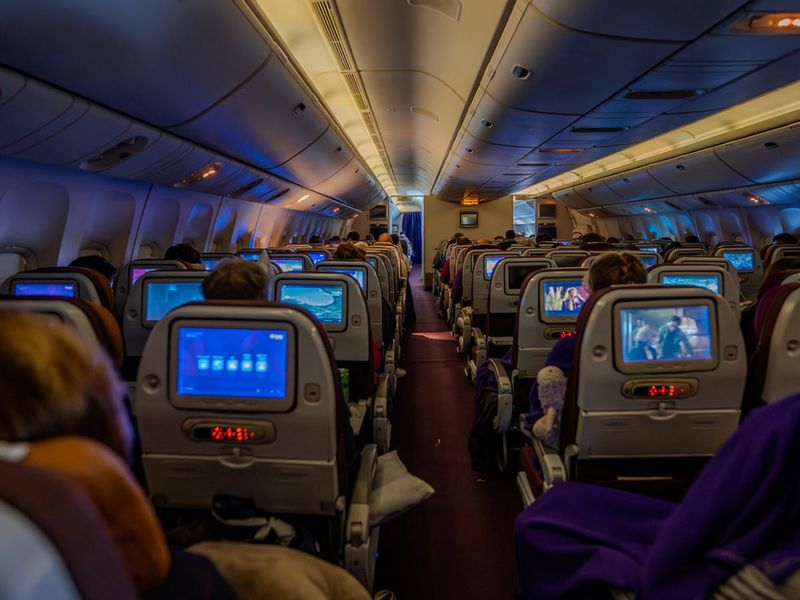
Engine noise reaches deafening levels when you’re seated directly beside these powerful machines, making conversation nearly impossible and sleep extremely difficult. The constant roar becomes overwhelming during long flights, causing fatigue and headaches.
Even noise-canceling headphones struggle against the intense sound levels generated by modern jet engines. You’ll feel vibrations through the aircraft structure, adding physical discomfort to the audio assault.
Select seats toward the front or rear of the aircraft to minimize engine noise exposure. If stuck near engines, invest in high-quality noise-canceling headphones and consider earplugs for additional sound protection.

